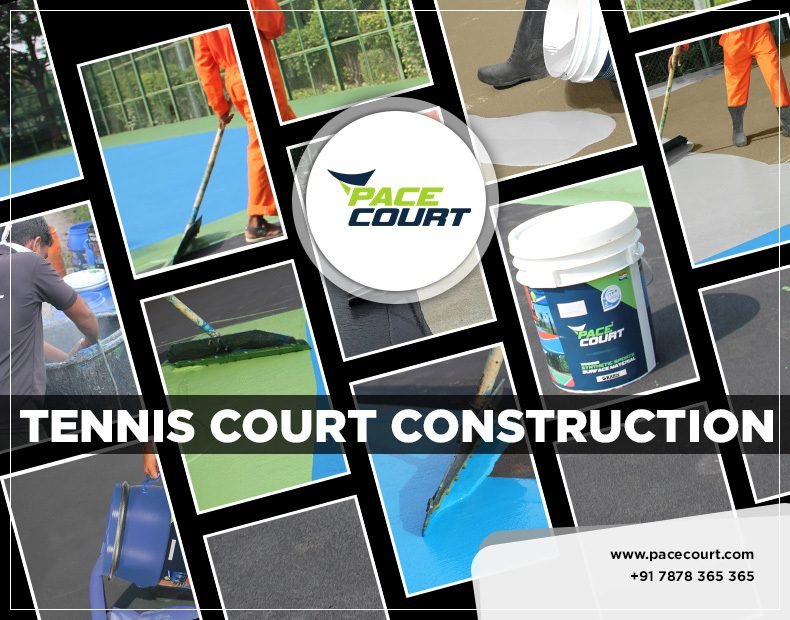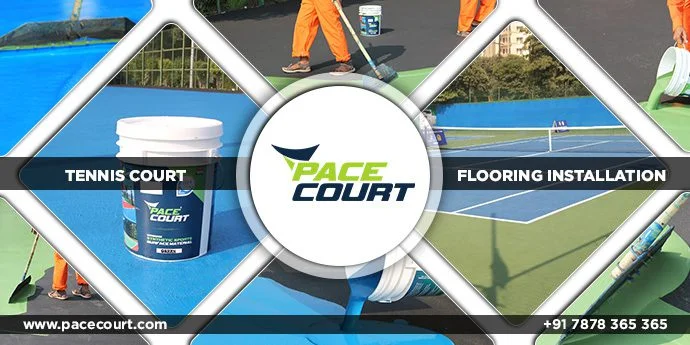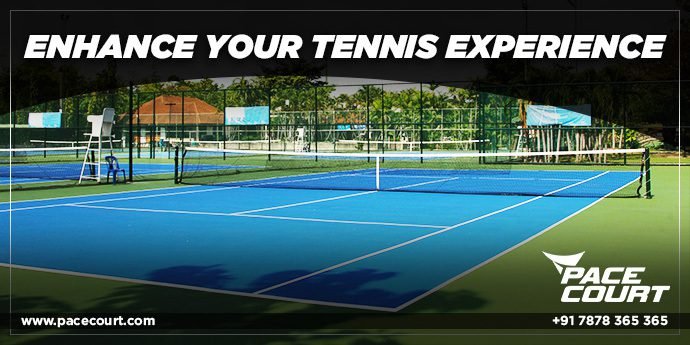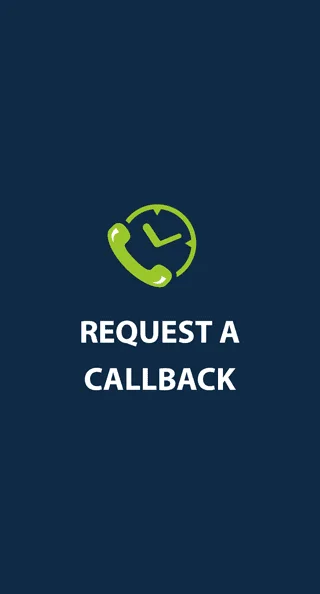Due to its longevity, adaptability and low maintenance requirements, synthetic tennis court flooring has grown in popularity among tennis court owners and operators. To guarantee a smooth and durable surface, this sort of flooring installation calls for careful preparation and installation methods. We will go through every step of the synthetic acrylic tennis court flooring installed procedure in this post, from initial setup to final cleanup.
Preparation
The tennis court installation location must properly prepared before construction can start. In order to avoid bumps or irregularities in the surface, the area must cleared of any garbage, stones, or plants. In order to prevent any low or high spots, the surface must also levelled. By adding or removing dirt, using a laser level or other levelling instruments, or a combination of these methods, this can accomplished.
After the site is ready, a solid base required to guarantee the stability and durability of the tennis court flooring. This can done by building a base out of concrete or asphalt or by using an existing surface that is already made of concrete or asphalt. The floor needs to be level, smooth, and free of any cracks or flaws that can compromise the integrity of the surface.
Installation
The application of a priming layer usually precedes the installation of synthetic acrylic tennis court flooring, a variety of Tennis court colours are available. The base and surface layers joined tightly together by the primer. Prior to painting and applying the surface layer, the primer must be totally dry.
In order to get the right texture and colour, the surface layer is often made up of numerous layers of acrylic resins combined with sand and other additives. Typically, a squeegee used to apply the first layer, which must completely dry before the second layer applied.
The installation of synthetic acrylic tennis court surfaces typically begins with the application of a primer coat. The primer used to create a strong bond between the base and the surface layer. The primer applied using a roller or spray equipment and must allowed to dry completely before the surface layer applied.
The surface layer is typically made up of several layers of acrylic resins, mixed with sand and other additives to create the desired texture and color. The first layer typically applied using a squeegee and must allowed to dry completely before the next layer applied. The number of layers required depends on the desired thickness and texture of the surface.
Once the surface layers applied, the tennis court lines and markings added using paint or tape. These lines must be precise and adhere to official tennis court regulations. The installation process can take several days to complete, depending on the size of the tennis court and the number of layers required.

Finishing Touches
After the surface layers and markings applied, the tennis court must allowed to cure for several days. This allows the surface to fully dry and harden, ensuring its durability and longevity. Once the surface cured, the tennis court is ready for use.
Regular maintenance is necessary to keep synthetic acrylic tennis court flooring installed in good condition. This includes regular cleaning, sweeping, and resurfacing as needed. Also, look at this blog to know more about modern tennis court flooring. A professional tennis court maintenance company can provide these services, ensuring that the tennis court remains safe and attractive for years to come.
Conclusion
Pacecourt Synthetic acrylic tennis court flooring is a popular choice for tennis court construction due to its durability, versatility, and low maintenance requirements. Proper preparation and installation techniques are necessary to ensure that the surface is stable, level, and long-lasting. The installation process typically involves the application of a primer coat, followed by several layers of acrylic resins mixed with sand and other additives. The surface then marked with precise lines and markings adhering to official tennis court regulations. Regular maintenance is necessary to keep the tennis court in good condition. By following these guidelines, tennis court owners and operators can ensure that their tennis courts remain safe and attractive for years to come.





